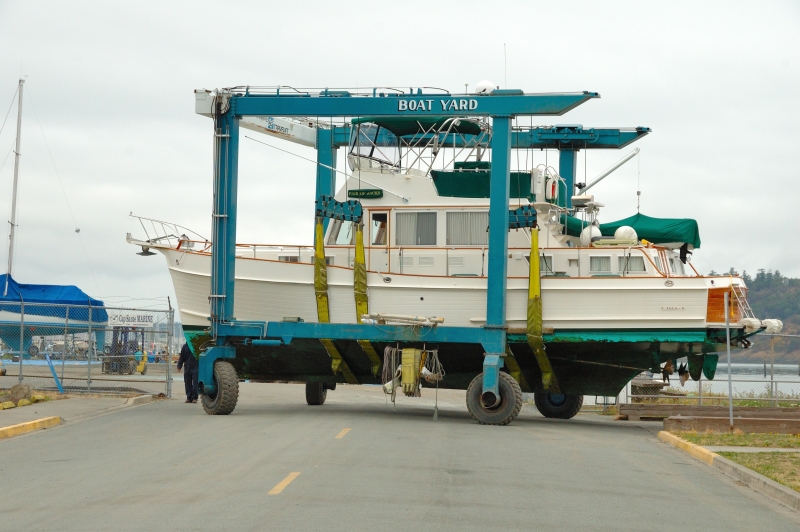All About the Survey
13th May 2024
The most important aspect of your due diligence before closing on a boat purchase is the pre-purchase vessel survey. You wouldn’t buy a home without a building inspection and conducting a market analysis. The same holds true for a boat. It’s key that you hire a credentialed surveyor to look out for your best interests while completing a detailed analysis and establishing current market value.
To receive insurance and financing approval, you will need a current survey. As the buyer, you are responsible for the survey costs.
The rate for a credentialed surveyor from the Society of Accredited Marine Surveyors or the National Association of Marine Surveyors depends on location, availability, the boat’s length, survey logistics and more. The job might take a team of two, and boats longer than fifty feet may require more than one day to complete.

The survey process is not the time to take shortcuts or hire the lowest bidder. Line up the best available surveyor—someone who is experienced, is approved by your lender and insurer, is a good communicator, is familiar with local regulations, takes photographs, can turn their report around promptly, and will be available during the survey to answer your questions and explain the findings while you are still aboard.
Your boat broker will usually have surveyor contacts they can line up for you. You want a surveyor who is familiar with the type of boat you are looking to purchase. They should be on the scene all day and be able to share what they learn and point out any deficiencies.
During the survey, the vessel should go through a sea trial for a running test of systems. This may be a suitable time to anchor out and assess the windlass, as well as to launch and run the dinghy. You also need an out-of-water hull inspection. A good scenario is to arrive at the yard before the lunch break, pull the boat out with the Travelift and leave it in the slings over land (ideally resting on wood blocks) so the survey team can inspect while the yard crew finishes eating.
Hauling costs vary by length of boat and region. Many yards charge by the foot. A typical survey haul out takes less than two hours. If the hull bottom is dirty, the surveyor may ask you to pay for a power wash.
Beyond the survey, you may also consider hiring a diesel mechanic to inspect engines, transmissions, and generators. This may seem like an unnecessary cost until you understand that most of the expensive survey findings are lurking in the machinery spaces.
The mechanic should be present for the haul out to inspect the running gear out of the water. Have the mechanic pull oil samples from engines, transmissions, and generators. It can take a week to get the fluid analysis back.
Your broker can serve as an additional set of eyes and can explain what is normal and what is problematic. There is no better way to learn about the systems, condition, and operations than this snapshot in time.
Sometimes, the survey report tells you enough about the boat to realize that pursuing it would be a challenge. If the boat fails the survey, it may be better to look for other options than to get into a project beyond the scope of your expectations.
Survey days can be long and event tiring. There is a lot to observe and absorb. If you have done your homework before making your offer, you will hopefully only have to undertake a survey once to know you’ve found the right vessel.


